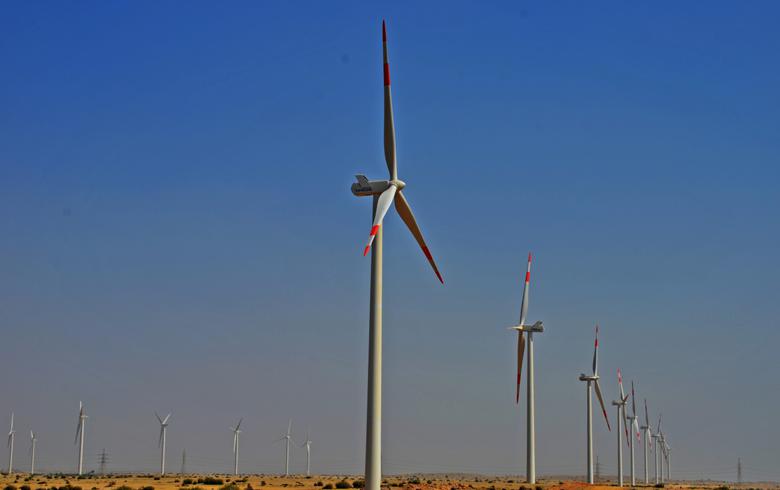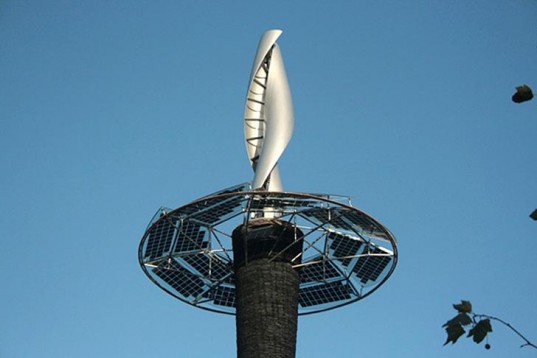Aussie uni hits 7.6% efficiency with CZTS solar cells
Apr 28, 2016 16:12 CEST
April 28 – A team at the University of New South Wales (UNSW) has reached 7.6% efficiency with a CZTS (copper, zinc, tin and sulphur) solar cell, a result confirmed by the US’ National Renewable Energy Laboratory (NREL).
The university is collaborating with several large companies keen to develop CZTS applications well before the technology reaches 20% efficiency – probably within the next few year, Dr Xiaojing Hao, of the Australian Centre for Advanced Photovoltaics, said in the press release Wednesday.
The 7.6% result has been reached with a 1 sq cm cell, marking a milestone in CZTS’ journey from the laboratory to commercial production. Hao, who leads the research team, said there is still a lot of work needed to reach the efficiency levels of CdTe and CIGS photovoltaics (PV), both in terms of efficiency and cell size, but “we are well on the way”. He is confident the CZTS efficiency will be boosted further with the many tricks learned in the development of other solar technologies.
CZTS cells are made from abundant and non-toxic materials, which is not the case with its two thin-film rivals. CdTe (cadmium-telluride) and CIGS (copper-indium-gallium-selenide) use cadmium and selenium, which are toxic even in tiny doses, and tellurium and indium, which are very rare. CZTS PVs are being developed with the goal of producing a cheaper and non-toxic thin film solar product, very suitable for building-integrated applications as they are highly flexible.
Professor Martin Green pointed out that CZTS cells can be deposited directly onto various materials as very thin layers. They also respond better than silicon to blue wavelengths of light, and can be stacked as a thin-film on top of silicon cells to improve the overall performance.
Recommends:
 Solar Charger, 10000mAh Portable Solar Power Bank Charger with Flashlight, Waterproof Shockproof Dual USB Port Solar Battery Charger for Cell Phone iPhone 6 6s Plus Samsung S5 S6 S7 Note 4 5(Black)
Solar Charger, 10000mAh Portable Solar Power Bank Charger with Flashlight, Waterproof Shockproof Dual USB Port Solar Battery Charger for Cell Phone iPhone 6 6s Plus Samsung S5 S6 S7 Note 4 5(Black)Dual USB Charger Ports The device is equipped with two charging ports and can be used for different devices. High Capacity The …
 GRDE Solar Charger Portable Solar Power Bank with Phone Dock 10000mAh Dual USB External Battery Charger For Cellphone iPad Camera GPS Tablets and Other 5V USB Devices-Blue
GRDE Solar Charger Portable Solar Power Bank with Phone Dock 10000mAh Dual USB External Battery Charger For Cellphone iPad Camera GPS Tablets and Other 5V USB Devices-BlueKindly note the solar panel is only design for emergency, not a primary source of charging. Solar is mianly for topping off the un…
 [15000mah Solar Panel Charger with 6LED Flashlight] Hallomall Portable Phone Charger Backup Power Pack, Dual USB Port External Battery Charger for Smart phones Camera and Other 5V USB Devices (orange)
[15000mah Solar Panel Charger with 6LED Flashlight] Hallomall Portable Phone Charger Backup Power Pack, Dual USB Port External Battery Charger for Smart phones Camera and Other 5V USB Devices (orange)Hallomall 15000mah Solar Charger– Great Outdoor Companion Material: ABS Battery Type: Li-polymer battery Capacity: 15000mAh I…
Solar Power Bank

